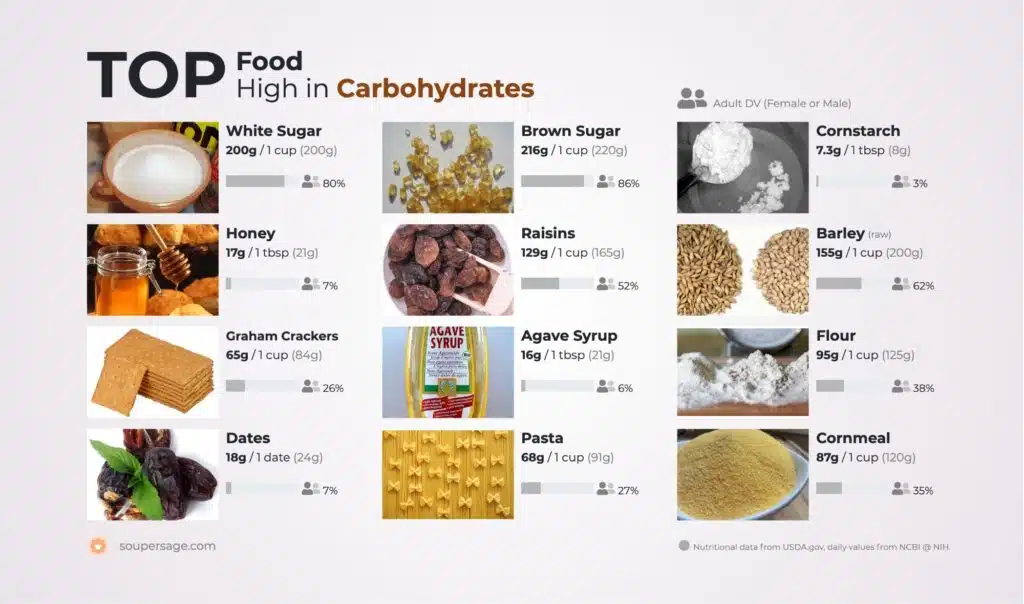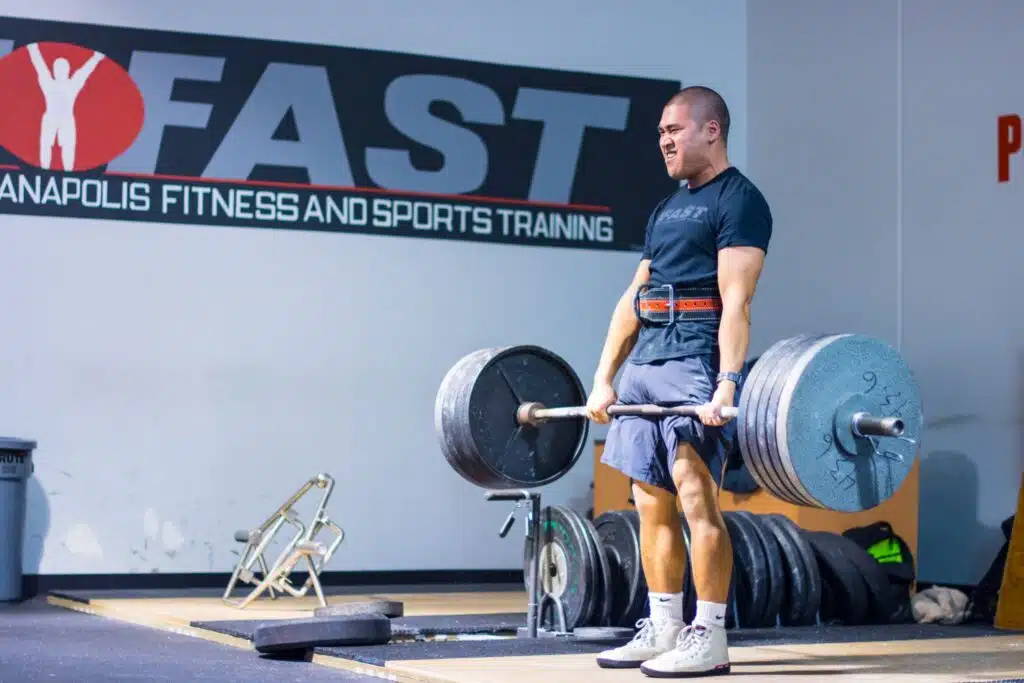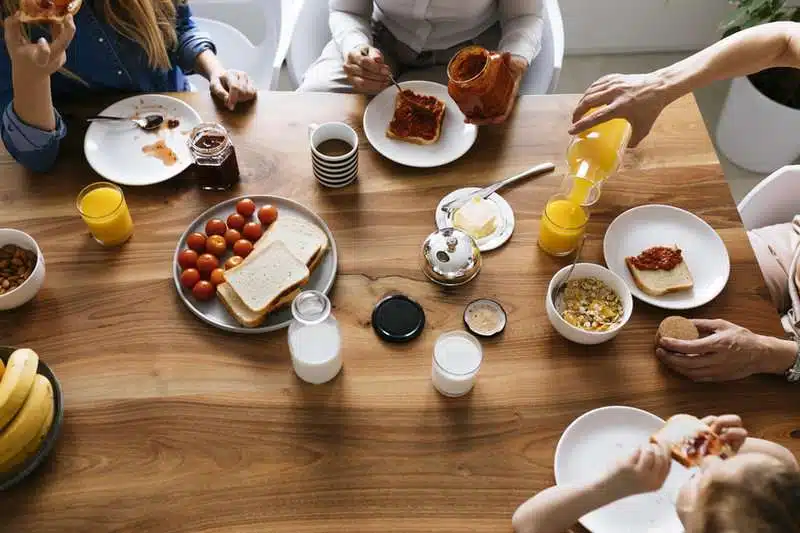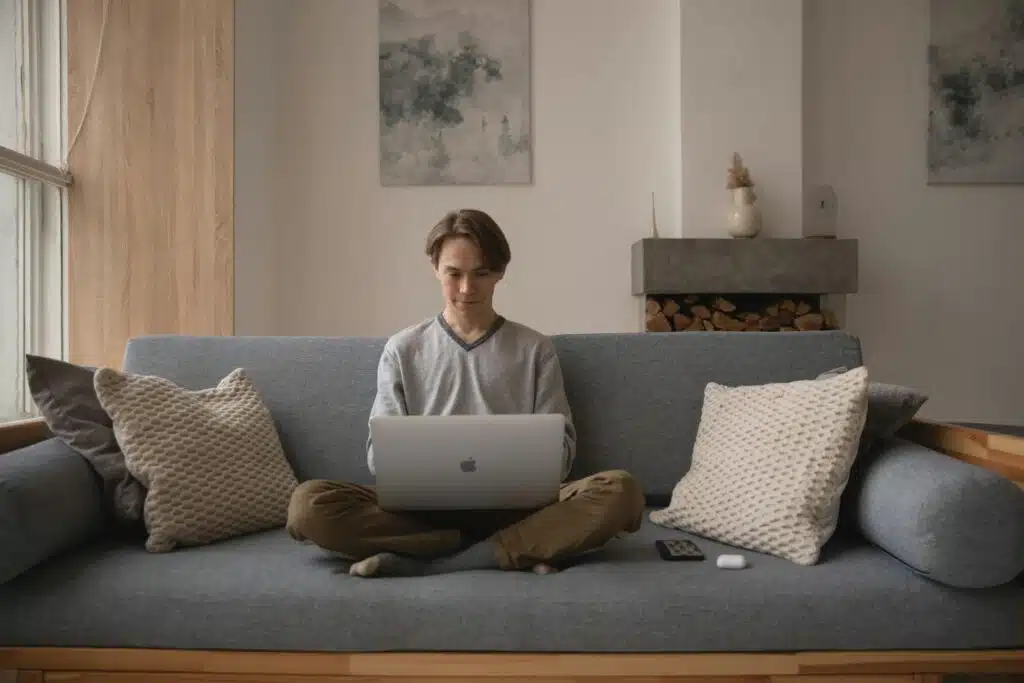Diet, fitness, Lifestyle, Motivation, muscle building
A Hardgainer’s Guide to Building Muscle in 7 Steps
If you’re anything like I was throughout the majority of my teenage years, building quality muscle seems like it is next to impossible. Simply put, a hardgainer is an underweight individual who has trouble building much muscle mass, if any at all. This is someone who usually doesn’t eat enough calories to be at maintenance or in a surplus(eating the same amount of calories each day that are being burnt, or eating more calories than are being burnt), due to having such a high metabolism.
The higher an individuals metabolism is, the more food they need to consume each day. This can make adding weight to your frame tricky. However, with enough consistency and precision, it can be done.
In this post, as a former hardgainer, I am going to explain the 7 steps to go from skinny to built.
1. You’re not eating enough, and aren’t tracking your calories.
I hear this one A LOT from young clientele: “I don’t know how I’m not gaining weight, I eat so much!” I then ask them how many calories they are eating, and they look at me with a blank face; they have no idea. I like to use this analogy a lot, a hardgainer not knowing how many calories they need to add weight and build muscle is like a sailor not having any general idea of what direction their intended destination is in: they’re both doomed!
As previously mentioned, a hardgainer needs much more calories than the average person, so they cannot eat like the average person and expect to add more muscle. Most hardgainers I know need to eat upwards of 4,000 calories per day. This is obviously a lot of food, and is very hard to properly track.
The best way to ensure that you’re getting in all these necessary calories is to track your food. ALL of it. There are many apps to do this, but I like using MyFitnessPal. Make sure you track your food accurately. If you’re eating mixed nuts, for example, know the quantity that you’re eating. Don’t put that you ate 1/2 cup of nuts if you only ate 1/4 cup.
Once you begin doing this, weigh yourself on a weekly basis. If you know you’re eating more calories and still aren’t gaining weight, then keep adding 500 calories per day until the weight on the scale budges.
You want to eat in a 500-1,000 calorie surplus per day. This will allow you to gain 1-2 pounds a week, or about 9-10 pounds a month. Be careful not to go above this though, as the majority of the weight added will then start getting converted to fat.
2. Eat calorie dense foods and complete proteins
So we now know that we need to be eating more calories in order to increase our chances of gaining weight. However, its CRUCIAL that we pick as many foods that are both healthy and high in calories. Trying to bulk up on just chicken and rice isn’t going to cut it. This doesn’t mean to eat endless amounts of fast food, either.
A great example of a calorie dense meal would be pasta and meatballs with olive oil infused tomato sauce. Not only are you getting an adequate dose of healthy fats, carbs, and proteins to support the recovery and muscle building process, but the meatballs are a complete protein. We want to consume the majority of our proteins from complete proteins, meaning that they come from all 9 essential amino acids. These are much more favorable for providing the stimulus for muscle growth.
3. Eat an adequate dose of protein each day
Protein is the most important macro nutrient to consume for muscle building purposes. Eating a certain amount of protein each day is especially important for hard gainers. The best number for this is to consume between 2.4-3 g/kg of lean body mass each day. To figure out your daily protein needs, take your current body fat % times your current weight. This will give you your lean body mass. Next, take your lean body mass and divide it by 2.2. Lastly, take this number and multiply it by 2.4 and 3, and this will give you the range of daily protein to consume. I recommend sticking to the 3 g/kg each day. 10-35% of total calories should come from protein each day, and it is advisable to stick near the higher range, between 25-30%.
4. Consume enough carbs
Cutting carbs is a popular tactic for weight loss, but it should be the exact opposite when aiming to bulk up. It is recommended that we consume 45-65% of our total calories from protein, but I recommend that this is on the higher range for hard gainers, ideally around 60% of total calories. A high carb diet helps to hold more water in the body, helping for the number on the scale to go up. In addition, a higher carb diet fills the glycogen stores in your body, enabling you to have more energy when training, allowing for increased performance.
5. Prioritize compound lifts in the gym
One of the worst mistakes you can make in the gym is to neglect the compound full body lifts. These are exercises like squats, deadlifs, lunges, cleans, etc. These exercises trigger the highest rates of growth hormone, making them the biggest bang for your buck exercises. Isolation exercises have their place, but if you prioritize them before the compound lifts in your workouts, you’re only going to shortchange yourself.
6. Eat every 2-3 hours
While this tip may not apply as equally to ALL hardgainers, those who are often “too busy” to remind themselves to eat throughout much of the day can especially benefit from this. Figure if you’re awake for 16 hours a day. If you eat every 2 hours, that’s 8 meals per day. Let’s say you need to eat 4,000 calories a day to gain weight. Of course, it is way easier to eat 4,000 calories a day with 8 meals vs. just 4 meals. In addition, eating every 2-3 hours ensures a steady supply of muscle protein synthesis, which means the body is in muscle building mode more frequently by converting amino acids into muscle proteins. This will require some discipline at first, and will equate to an average of 500 calories per meal. Once you train your appetite, this frequent eating will become easier.
7. Try to reduce your physical activity
This one might sound odd, but aiming to reduce physical activity can actually greatly help towards putting yourself in a calorie surplus. With how high of a metabolism hard gainers already have, an extremely active lifestyle can only make bulking up more difficult, especially for those who already have physically demanding jobs. Aim to have at least several hours each day where you are sedentary, so that you can reduce calorie burn and let the calories do the work for you.
In conclusion, these are my top 7 practical steps in the hard gainers guide to building muscle. By applying these 7 steps, it is a virtual guarantee that at long last, you will transform from skinny and underweight to well built and more confident. Physical appearance is everything, and an improved body & state of health is a surefire way to help optimize your self-esteem.
If you’re a hardgainer who is looking for a coach to provide you customized training and nutrition plans to help you pack on some serious lean muscle mass and take your fitness to the next game, then I’m the perfect coach for you! If you’re ready to up your fitness, then fill out the inquiry form in the contact section, or message me on social media(links on bottom of the home page).








